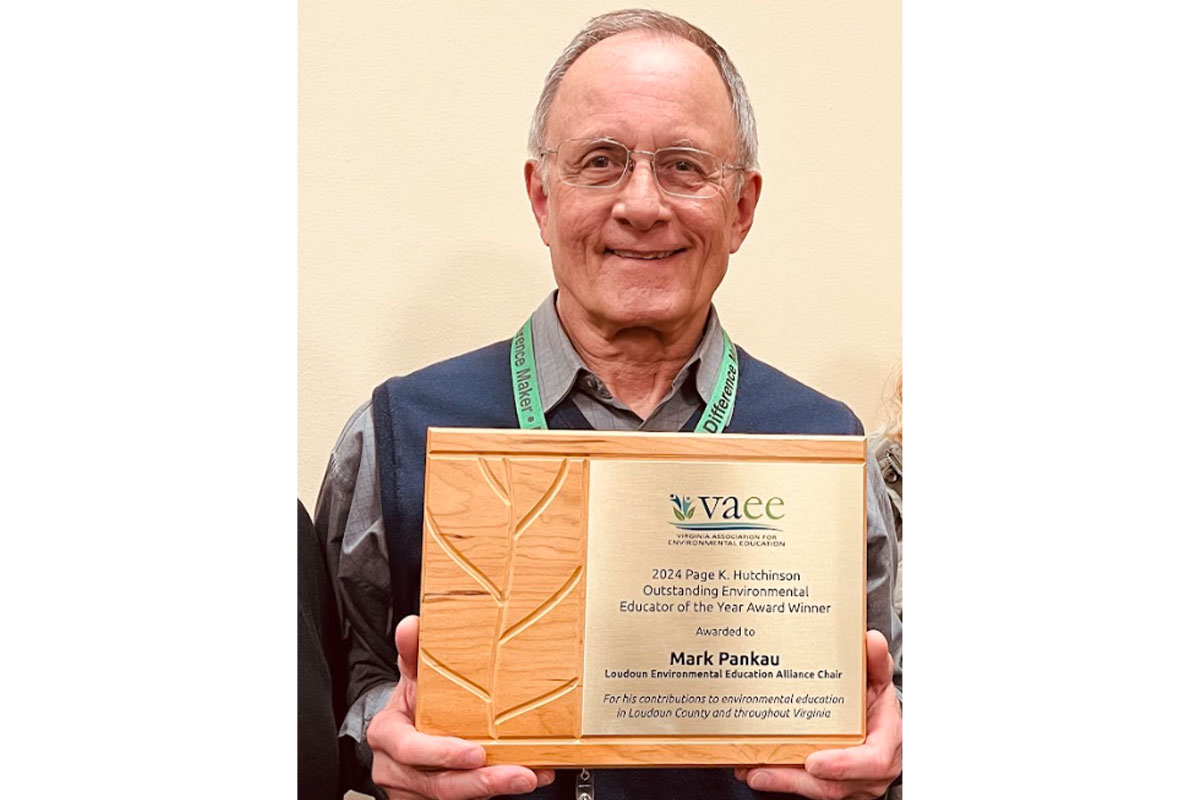
Jennifer Burgin is a kindergarten teacher at Oakridge Elementary School in Arlington, where she teaches a transient population of students whose parents work for The Pentagon, the National Defense University and other major organizations.
Come September when the new school years begins, Burgin and other teachers in Arlington County may also begin teaching students from another major employer: Amazon.
Arlington school officials say children of some new Amazon employees have already registered for the school year, as the online giant gradually adds the first of at least 25,000 jobs to its new $2.5 billion second headquarters in Crystal City and Pentagon City.
And Oakridge is expected to be one of the schools to welcome some of the estimated 1,200 children from Amazon households who, over about 12 years, will appear in already-cramped classrooms across Arlington.
“We are zoned where HQ2 is being built,” says Burgin, referring to the online giant’s plans for a 4-million-square-foot headquarters.
Overcrowded schools are already a hot-button issue in Arlington, where enrollment has soared to unprecedented levels over the past decade.
Now that Amazon has begun hiring the first 400 of its 25,000-person workforce, Arlington Public Schools has placed a heightened focus on any impact the company will have on the highly sought-after school system—all while working to allay parents’ fears along the way.
“We’re hearing concerns, but I think they are concerns that are actually related to things we are already experiencing,” says Lisa Stengle, APS’ executive director of planning and evaluation. “We’ve been growing by 700 to 800 kids on average per year, which is about the size of an elementary school. They keep saying that [Amazon HQ2] is going to make it that much worse.”
Stengle cautioned that APS’ 10-year projections have already taken into account new Amazon employees’ schoolchildren and existing students, with total enrollment forecast to grow from about 27,500, as of May, to 34,000 over the next decade.
APS calculates that Amazon employees hired over a 12-year period will generate between 73 to 98 new students per year, equating to about 1,200, or between 81 and 108 students per year, if Amazon adds a total of 37,850 jobs over 16 years.
The calculation is largely based on housing projections and an estimate that only between 15-20% of the Amazon employees will live and work in Arlington. And even then, the Amazon workers who choose to live in Arlington will register their children in schools across the county—not just near HQ2. “Do they all live in Crystal City? Probably not,” Stengle says.
Preparing for Amazon’s Impact
APS has been working on myriad efforts to anticipate what will be a gradual impact from Amazon’s HQ2, including keeping a more watchful eye on whether county housing projects in the pipeline come online quicker and determining whether those developments become larger than originally anticipated.
“A place that might have been 200 units may have been expanded to 300 units,” Stengle says. “When we look at our projections, we look at whether our students are living in those buildings.”
Stengle added that while the majority of Arlington students still come from single-family homes, APS will be looking at whether that changes, as Amazon employees and other families settle into moderately priced housing such as townhomes, apartments and smaller accessory dwelling units.
“A lot of the high-rise elevator places are not places where our students live, however, we might see some adjustments there,” Stengle says.
Another potential strain on the schools could come from tech and service companies opening satellite locations around Amazon, which could create thousands more jobs and students enrolled in local schools.
“We may be adding 50,000 jobs when you think about all those related services and hotels and all the things that come along with something like this,” she says.
Despite the preparation, some parents worry about any additional pressure.
At the elementary level alone, Arlington is expected to face a deficit of 2,400 seats by 2028.
Stacy Snyder, an Arlington parent of two who chaired APS’ advisory council on school facilities and capital programs until June of this year, and is now a council member, says the more overcrowded schools become, the less opportunity there is for each student.
“There’s not as much attention,” she says. “There’s less space for extracurriculars, there’s less space for art, there’s less space for music.”
That said, Snyder does take solace in the fact that APS and the county do have a strong plan to accommodate growth. “I think they are taking it pretty seriously, and that makes me feel comfortable.”
Prepping for Growth
Part of APS’ plan to accommodate growth includes opening several new school buildings this fall, including the new Alice Fleet Elementary School, which will relieve pressure on south Arlington schools.
Any relief will be welcome at Oakridge, already Arlington’s second largest elementary school with a capacity to hold about 750 students and is “the most overcrowded it’s ever been,” Burgin says.
To deal with overcapacity, the school has gotten creative by turning storage closets into offices for support staff and adding portable classrooms. “While these are not ideal and not always preferred, we always make due,” she says.
Burgin says she’s not too worried about Amazon HQ2’s impact, especially given how well-equipped Oakridge has been with supporting a transient community of students already.
“We’re in the business of teaching kids,” she says. “However many show up, we are going to welcome them, we are going to teach them, we are going to love their families.”
This post originally appeared in our September 2019 issue. Want more education stories sent straight to your inbox? Subscribe to our bi-monthly newsletter.




